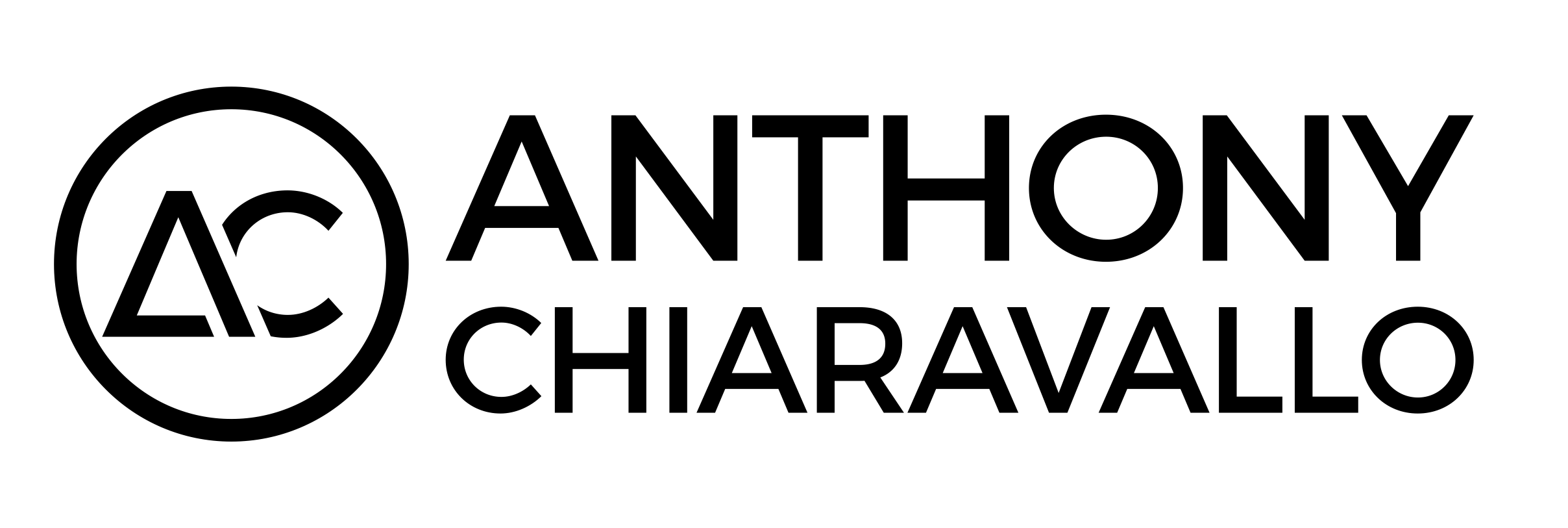One of the main advantages of implementing a performance media strategy is the ability to measure success through paid media KPIs, data-driven insights and ROI attribution. The first key to any successful paid media strategy is to establish your goals and objectives up front. Are you looking to build brand awareness? Foster social engagement? Drive website traffic? Secure email opt-ins? Perhaps you’re after a more noble cause like shifting consumer behavior towards sustainability. In addition to these goals, you will also likely want to drive sales of your products or service.
Performance Media KPIs
So with that in mind, here are some paid media KPIs to help you drive business objectives and deliver ROI:
Impressions / Total Reach
This metric refers to the total number of people who saw your ad unit or piece of content. It’s important to note that every platform and campaign is different when it comes to measuring reach and impressions. For example, 80 million earned media impressions is very different than 80 million social impressions which is different from impressions in a content syndication or native advertising campaign. Suffice it to say, this metric sits at the very top of your customer funnel and represents the total broad reach of your content or ad unit.
Social Engagement / Shares
Engagement metrics are the next step down in the paid media KPI funnel and are equally important in ensuring your content is resonating with your target audience. This includes social ‘likes’, article comments, shares, re-tweets and more. Typically this metric is measured on social platforms, but it can also apply to actual blog content. These metrics are mainly focused on raising brand awareness and are very useful for measuring how well your message is performing on any given platform. Take a look at your quality / relevance score to ensure your ads are performing at their peak level.
Cost & Click Performance
These metrics are used to define and measure the pricing model of a digital marketing campaign as well as click-through performance. Below are some common paid media measurement KPIs:
- CPM: Cost-per-thousand. An impression based payment model in which a budgetary amount is allocated per thousand impressions of an ad unit.
- CPV: Cost-per-view. A video view based payment model that charges the advertiser per 10 or 30-second video view.
- CPC: Cost-per-click. A model in which the advertiser is charged per click to a website or landing page.
- CTR: Click-through-rate. A measurement in which a percentage is assigned to how many people click your ad versus total number of impressions.
- CPA: Cost-per-acquisition. Perhaps the most important metric for ROI attribution, CPA measures conversions as a result of your ad campaign in the form of leads captured or online sales made.
Depending on how you optimize your campaign, it’s important to establish benchmarks in these various areas to gauge overall performance.
Website Traffic
Depending on your campaign goal, measuring total website traffic will be critical for understanding the ROI of your efforts. As mentioned above, total clicks to your content is optimized within a CPC campaign and measured in the form of CTR. But clicks alone aren’t enough to drive ROI. It’s what happens with those clicks that drives your ultimate end game — and these are measured in the form of on-site conversions.
On-Site Conversions
A conversion is defined as an action you ultimately you want the user to take. This can be measured in the form of website opt-ins, email registrations, survey responses or online sales. The implementation of a conversion tracking pixel on your landing pages will help measure the ROI from each of your paid media tactics. The important thing to remember here is that each paid media campaign should have a conversion driven call-to-action. Here’s a great article on 11 kick-ass call-to-action examples from Wordstream.
Return on Investment (ROI)
Measuring the ROI of your efforts is crucial for determining if your paid media efforts are paying off. Once you have established conversion data, you can then begin assigning value to these leads based on the percentage that turn into paying customers. From here you can also assign a lifetime value to these customers if they give you repeat business of refer other customers. Once you have the CPA of your various paid media efforts, you can then prioritize and optimize the tactics which perform best for your goals.
Want to learn more about how a performance media strategy can drive ROI for your PR agency and clients? Then schedule a free 45 minute business strategy session with me and let’s talk shop.



